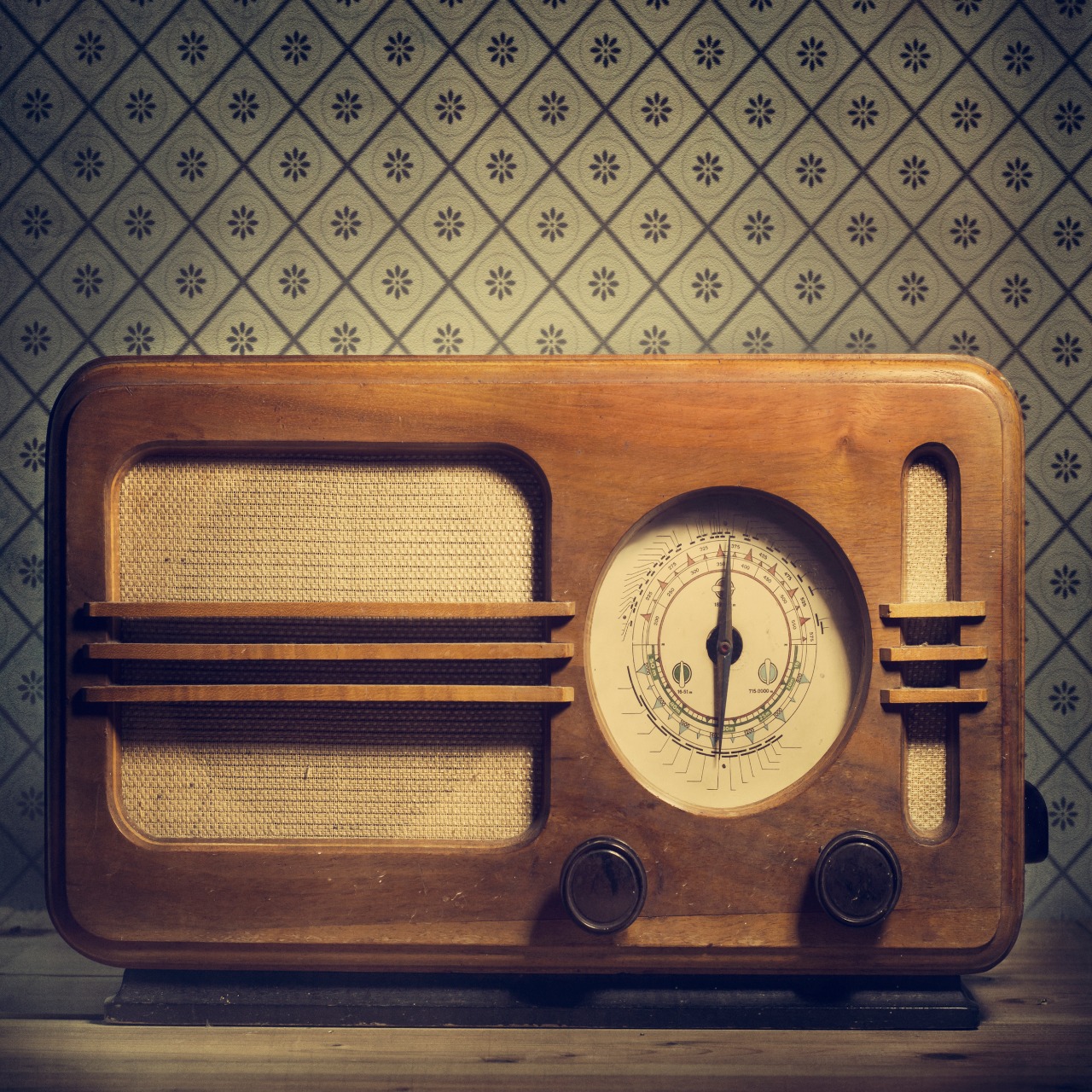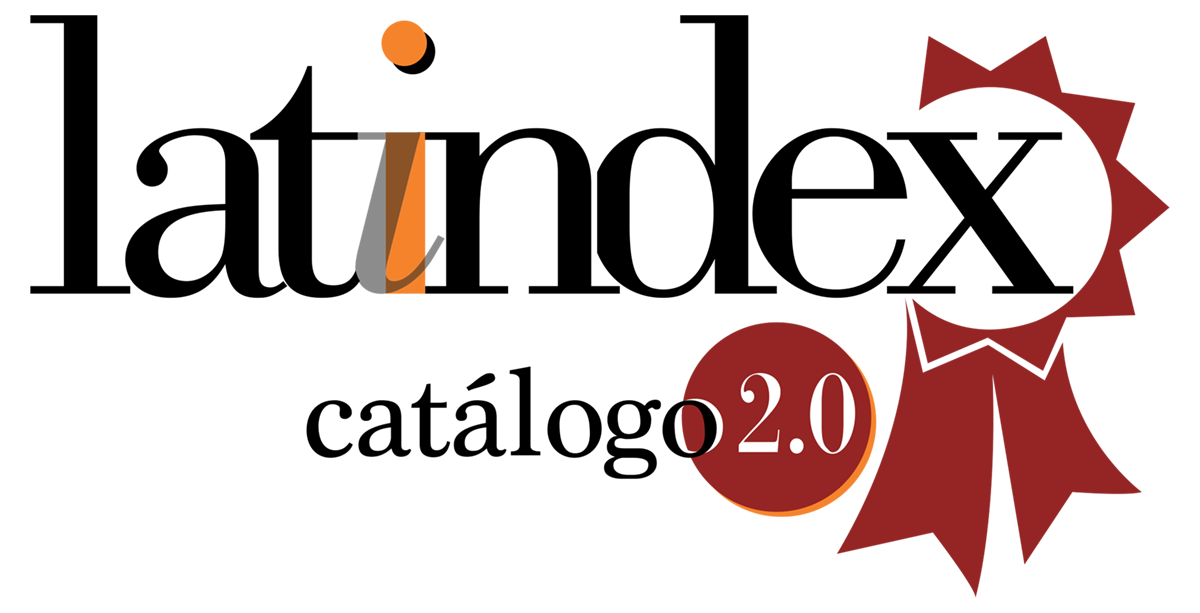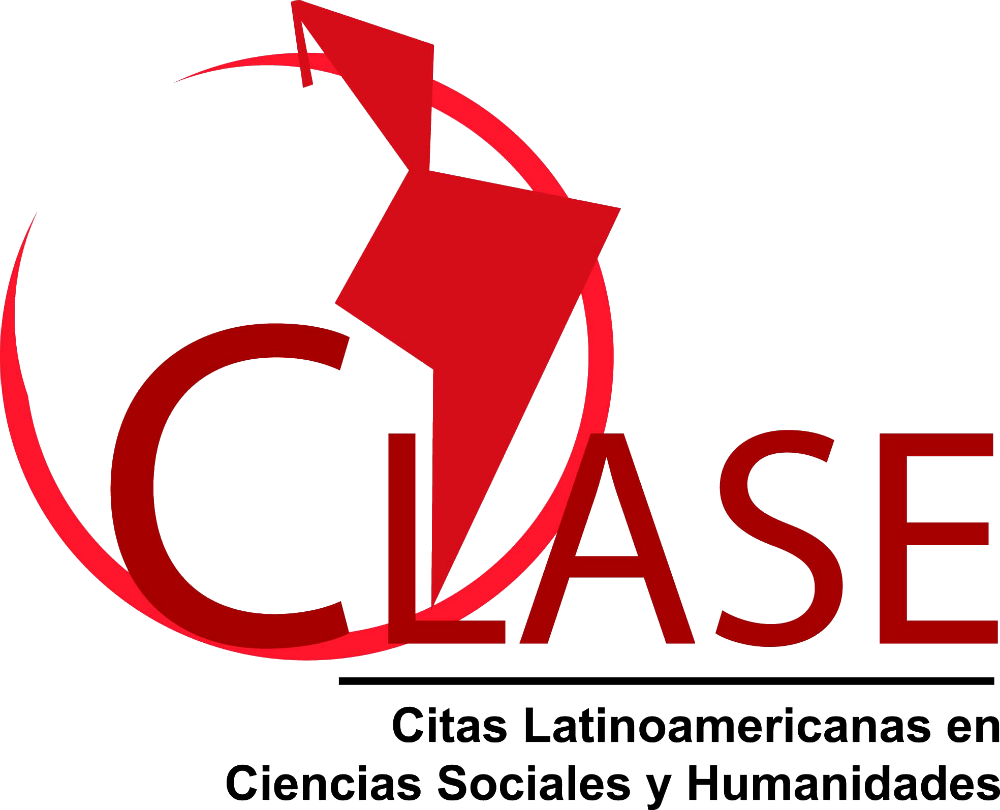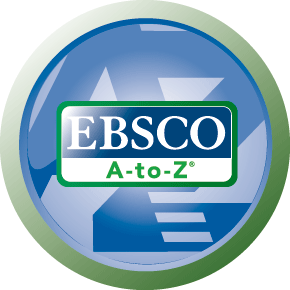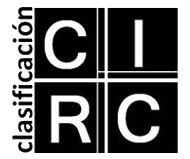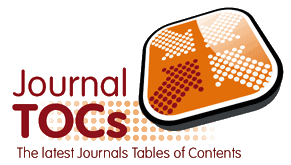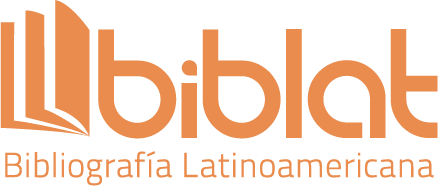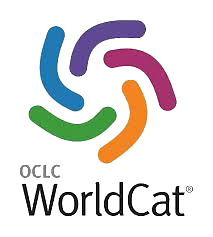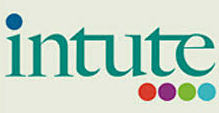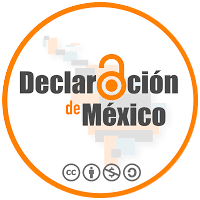The radio: sound vaccine against Covid-19 in Cuba
DOI:
https://doi.org/10.24215/16696581e471Keywords:
Cuba, radio, pandemic, Covid-19Abstract
This work aims to recognize the role of radio in the face of the current health crisis facing the world, caused by Covid-19. It focuses especially on Cuba, whose national radio system has been reorganized to extend its sound waves to a wider audience, starting with the change in programming, national chains and new production routines. The story of the community radio stations has found opportune space in the national radio stations, highlighting the stories of the Cubans in the confrontation with the disease. The presence of Cuban radio stations on the Internet with real audio and the access of Cubans to new technologies has allowed the active participation of a greater number of people and, consequently, the increase in audience. Cuban radio resurfaces renewed before this new health situation.
Downloads
References
Balsebre, A. (1994). El lenguaje radiofónico. Madrid, España: Cátedra.
Cebrián, M. (2008). La radio en Internet: De la ciberradio a las redes sociales y a la radio móvil. Buenos Aires: Ed. La Crujía.
Castillo, O. (mayo de 2020).Cuba contra la COVID-19 / Entrevistado por Randy Alonso. Mesa Redonda.https://www.youtube.com/watch?v=0uBVDqFP-NQ
López, J. I. (1997). Manual Urgente para Radialistas Apasionados. 1ra Ed. Quito, Ecuador: AMARAC.
Los Tiempos (3 de mayo de 2020). Salaverría habla sobre el impacto de la pandemia en el ejercicio del periodismo. [Archivo de video]. Recuperado dehttps://www.youtube.com/watch?v=2D2Q4uwwGgU
Rodero, E. (2020). La radio: el medio que mejor se comporta en las crisis. Hábitos de escucha, consumo y percepción de los oyentes de radio durante el confinamiento por el Covid-19.El profesional de la información, 29, (3),e290306.
https://doi.org/10.3145/epi.2020.may.06
Romo, C. (abril de 1997). El lenguaje seductor de la radio. [Conferencia]. Primer Congreso Internacional de la Lengua Española. Zacatecas, México.
Vásquez, F. (1998). Amigos invisibles. Signo y Pensamiento, 18 (33), 21-26. Recuperado dehttps://revistas.javeriana.edu.co/index.php/signoypensamiento/article/view/3010
Zucchi, M. (20 de marzo de 2020). La radio en tiempos de coronavirus: cumple 100 años y se vuelve más fuerte.
Clarín. Recuperado de https://www.clarin.com/espectaculos/radio-tiempos-coronavirus-cumple-100-anos-vuelve-fuerte_0_M9GrIRNnJ.html
Downloads
Published
How to Cite
Issue
Section
License
La aceptación de un original por parte de la revista implica la cesión no exclusiva de los derechos patrimoniales de los/as autores/as en favor del editor, quien permite la reutilización, luego de su edición (postprint), bajo una Licencia Creative Commons Atribución-NoComercial-CompartirIgual 4.0 Internacional (CC BY-NC-SA 4.0)
Acorde a estos términos, el material se puede compartir (copiar y redistribuir en cualquier medio o formato) y adaptar (remezclar, transformar y crear a partir del material otra obra), siempre que a) se cite la autoría y la fuente original de su publicación (revista y URL de la obra), b) no se use para fines comerciales y c) se mantengan los mismos términos de la licencia.
La cesión de derechos no exclusivos implica que luego de su edición (postprint) en Question las/os autoras/es pueden publicar su trabajo en cualquier idioma, medio y formato; en tales casos, se solicita que se consigne que el material fue publicado originalmente en esta revista.
Tal cesión supone, también, la autorización de los/as autores/as para que el trabajo sea cosechado por SEDICI, el repositorio institucional de la Universidad Nacional de La Plata, y sea difundido en las bases de datos que el equipo editorial considere adecuadas para incrementar la visibilidad de la publicación y de sus autores/as.
Asimismo, la revista incentiva a las/os autoras/es para que luego de su publicación en Question depositen sus producciones en otros repositorios institucionales y temáticos, bajo el principio de que ofrecer a la sociedad la producción científica y académica sin restricciones contribuye a un mayor intercambio del conocimiento global.

